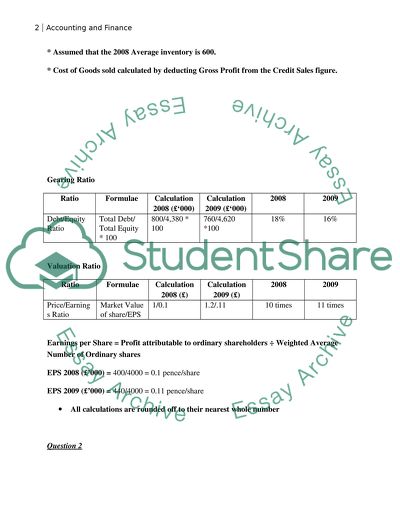Cite this document
(“Profitability ratios in financial ratio analysis Essay”, n.d.)
Retrieved from https://studentshare.org/finance-accounting/1407056-profitability-ratios-in-financial-ratio-analysis
Retrieved from https://studentshare.org/finance-accounting/1407056-profitability-ratios-in-financial-ratio-analysis
(Profitability Ratios in Financial Ratio Analysis Essay)
https://studentshare.org/finance-accounting/1407056-profitability-ratios-in-financial-ratio-analysis.
https://studentshare.org/finance-accounting/1407056-profitability-ratios-in-financial-ratio-analysis.
“Profitability Ratios in Financial Ratio Analysis Essay”, n.d. https://studentshare.org/finance-accounting/1407056-profitability-ratios-in-financial-ratio-analysis.


